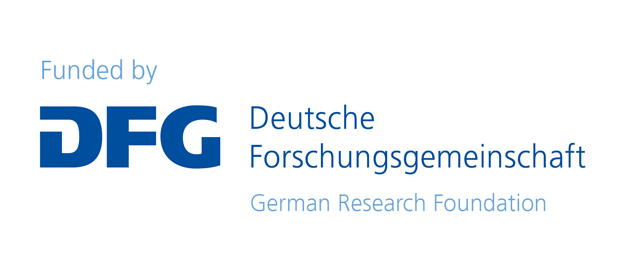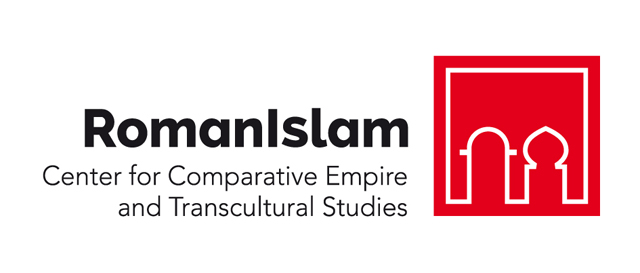Prof. Dr. Felix Teichner
November 2020

Research Project: The Circle of the Strait from Antiquity to the Middle Ages: Maritime Cities as Links Between Natural and Administrative Divisions
The “Circle of the Strait”, namely the south coast of Hispania and the opposite North African coast, had been in close economic contact since the Phoenician colonization and developed into one of the boom regions of the ancient world at least during the Imperial Roman period. The maritime cities on these two coastals were the pillars of this metropolitan area – discussed in Latin sources as the fretum Gaditanum. These cities acted as economic hubs of a closely linked production and trading network. However, beyond their economic role, these urban centres need to be understood as fundamental elements of the administrative structure and as border links between different provinces of the Empire and natural regions.
In fact, it is nevertheless necessary to assume that the importance of these economic and administrative hubs in Roman times, given by their natural environmental situation, was regained during the renaissance of political stability throughout the Islamic period. This should be visible in both the archaeological and the geophysical records. Therefore, the results of the latest geoarchaeological case studies at four maritime cities of the “Circle of the Strait” will be compared and analysed.
Profile
Prof. Dr. Felix Teichner is Professor of Roman and Early Medieval Archaeology at Philipps-Universität Marburg, Germany. He has directed excavations in Germany, Hungary, Kosovo, Croatia, Scotland, Portugal and Spain. His research focuses on Geoarchaeology, the Roman provincial archaeology, the Migration Period, the early Middle Ages and Al-Andalus, including the monograph Entre tierra y mar (Spanish National Museum, 2011) on Roman Rural settlement and villae in Hispania and publications on the urbanistic evolution of Roman cities like Ebora (Lusitania), Munigua (Baetica), Regina (Baetica), Mursella (Pannonia Sup.), Mirobriga (Lusitania) or Ulpiana/Iustinana Secunda (Moesia Sup.). He received a Humboldt Research Fellowship and is a Fellow of the German Archaeological Institute. At the moment he is PI of a geoarchaeological project dedicated on the “roman maritime economy” financed by the German Science foundation.
CV
Selected Publications
Teichner, Felix (2018a), “Roman Villas in the Iberian Peninsula (Second Century BCE – Third Century CE)”, in: Guy R. P. Métraux & Annalisa Marzana, eds., The Roman Villa in the Mediterranean Basin. Late Republic to Late Antiquity, Cambridge, 235-254.
Teichner, Felix, ed. (2018b), Mirobriga – Eine Stadt im fernen Westen des Imperium Romanum, (Kleine Schriften des Vorgeschichtlichen Seminars Marburg), 62, Marburg.
Teichner, Felix/ Hauschild, Theodor (2017a), “Der römische Tempel in Évora (Portugal) – Bauaufnahme, Ausgrabung, Wertung“, Madrider Beiträge 35, Wiesbaden
Teichner, Felix, ed., (2017b), Aktuelle Forschungen zur provinzialrömischen Archäologie in Hispanien, Akten des DAAD-Kolloquiums der Universitäten Marburg und Pablo de Olavide in Sevilla, Mai 2015, (Kleine Schriften des Vorgeschichtlichen Seminars Marburg), 61, Marburg 2017.
Teichner, Felix (2015), “Balkanarchäologie“ – Spiegel der Zeitgeschichte?“, in: G. Sommer von Bülow, ed., Kontaktzone Balkan (KVF 20), Bonn, 1-31.
Teichner, Felix (2011), “Die römischen Gräberfelder von Intercisa II: Die Altfunde aus den Museumssammlungen in Berlin, Mainz und Wien“, Bestandskatalog 11 des Museums für Vor- und Frühgeschichte SMPK, Berlin-Charlottenburg (Berlin 2011).
Teichner, Felix (2008), “Zwischen Land und Meer –Studien zur Architektur und Wirtschaftsweise ländlicher Siedlungen im Süden der römischen Provinz Lusitanien“, Stvdia Lvsitana 3, Merida.
Teichner, Felix / L. Pons Pujol, L. Pons (2008), “Roman Amphora Trade Across the Straits of Gibraltar: An Ancient "Anti-Economic Practice?”", Oxford Journal Archaeology, 27(3), 303-314.
Teichner, Felix (2005), “Die germanische Siedlung Sülzdorf in Südthüringen“, Weimarer Monographien zur Ur- und Frühgeschichte, 40, Weimar.
Teichner, Felix (1999), “Kahl am Main. Siedlung und Gräberfeld der Völkerwanderungszeit“, in: Materialhefte z. Bayer. Vorgeschichte, A80, Kallmünz.


